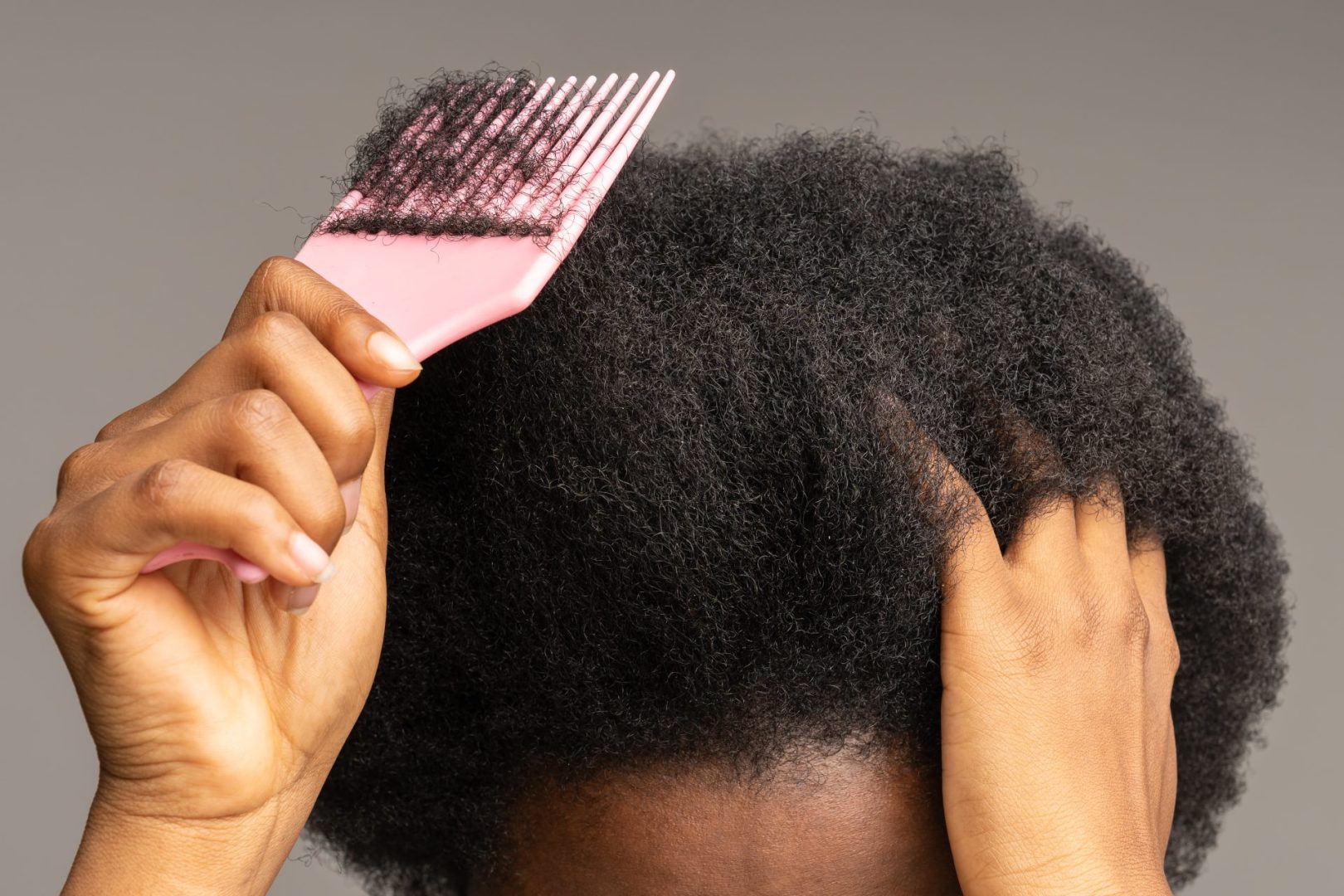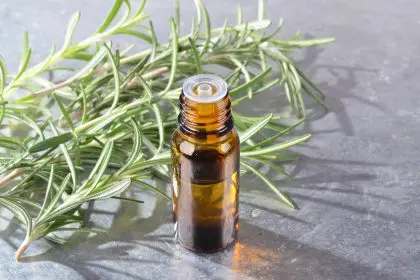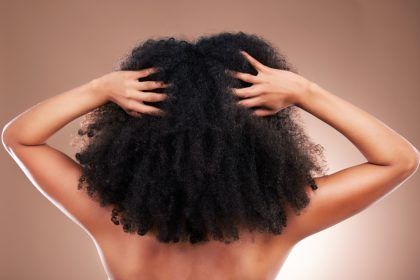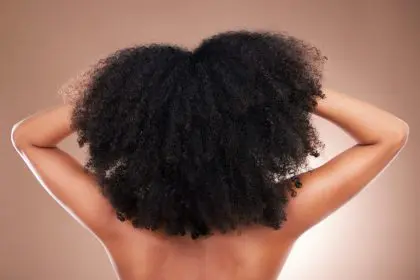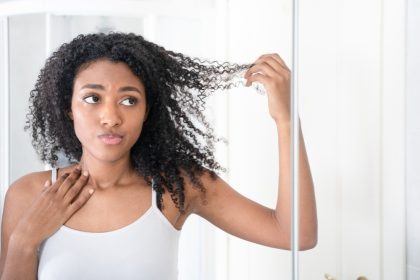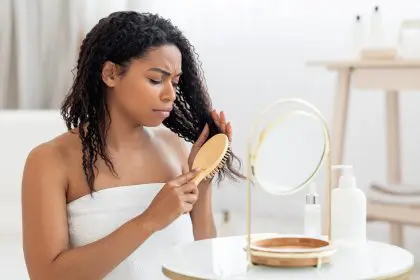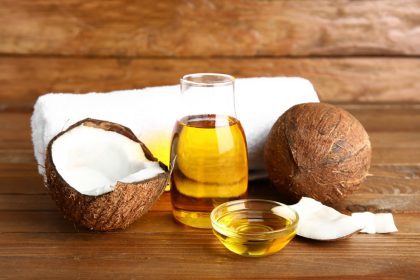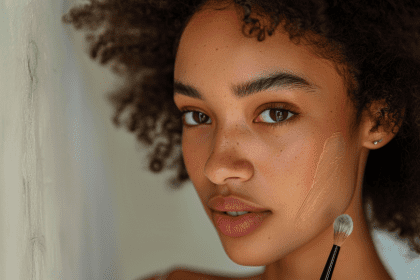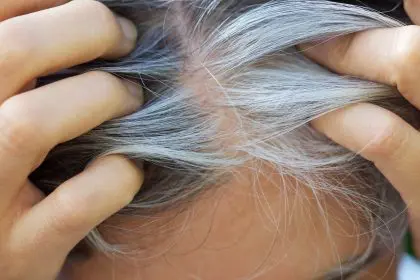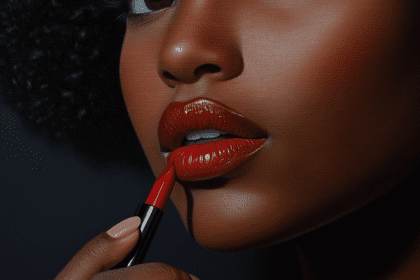Hair porosity determines how your strands absorb and retain moisture, making it one of the most crucial factors in developing an effective hair care routine. Understanding your hair’s porosity level can revolutionize how you approach washing, styling, and treating your locks, leading to healthier, more manageable results.
Low porosity hair presents unique challenges that can frustrate even the most dedicated hair care enthusiasts. The tightly sealed cuticles that characterize this hair type create barriers to moisture absorption while simultaneously providing protective benefits that many people don’t recognize or appreciate.
The key to successfully managing low porosity hair lies in understanding its specific characteristics and adapting care routines to work with, rather than against, its natural structure. This approach transforms potential frustrations into advantages while achieving the healthy, vibrant hair that everyone desires.
Understanding low porosity hair structure
Low porosity hair features cuticles that lie flat and tightly against the hair shaft, creating a smooth surface that reflects light beautifully but resists moisture penetration. This structure develops naturally in some individuals while others may experience changes in porosity due to various factors including genetics, hair care practices, and environmental exposure.
The tightly closed cuticles create a protective barrier that shields the inner hair shaft from damage, making low porosity hair naturally stronger and more resistant to breakage than other porosity types. This protective quality often results in hair that maintains its length better and experiences less damage from environmental factors.
However, the same protective barrier that prevents damage also makes it difficult for beneficial moisture and treatments to penetrate the hair shaft. This creates the primary challenge in caring for low porosity hair: finding ways to deliver hydration and nutrients past the resistant cuticle layer.
The smooth cuticle structure also affects how products interact with the hair surface. Many traditional hair care products are formulated for average porosity hair and may not perform effectively on low porosity strands, leading to product buildup and lackluster results.
1. Recognizing low porosity characteristics
Low porosity hair exhibits several distinctive characteristics that help identify this hair type. The most noticeable trait involves water resistance, where hair takes significantly longer to become fully saturated during washing and may appear to repel water initially rather than absorbing it quickly.
Product absorption presents another clear indicator, as hair care products, including conditioners, treatments, and styling products, tend to sit on the hair surface rather than penetrating effectively. This surface accumulation can lead to product buildup that weighs hair down and creates a coating effect that diminishes natural shine.
Drying time provides additional confirmation, as low porosity hair retains moisture once it finally penetrates, leading to extended drying times that can take hours even with heat styling tools. The hair may feel damp or cool to the touch long after washing, indicating that moisture remains trapped within the hair shaft.
Chemical treatment resistance represents another hallmark characteristic, where hair color, perms, and other chemical processes may not take effectively or may require longer processing times and stronger formulations to achieve desired results.
2. Simple porosity testing methods
The float test offers a straightforward method for determining hair porosity using clean, freshly washed hair strands. After shampooing and allowing hair to air dry completely, collect several strands from different areas of the head and place them in a glass of room temperature water.
Low porosity hair will float on the water surface for extended periods, sometimes requiring gentle encouragement to sink. High porosity hair sinks quickly, while medium porosity hair sinks gradually over several minutes. This test works best with hair that hasn’t been treated with heavy conditioning products.
The spray bottle test provides immediate results by misting clean, dry hair with water and observing how quickly the water absorbs. Low porosity hair causes water to bead up and roll off the surface, similar to water on a freshly waxed car. High porosity hair absorbs water droplets almost immediately.
The slip test involves running fingers along individual hair strands from tip to root. Low porosity hair feels smooth and allows fingers to glide easily, while high porosity hair feels rough and bumpy due to raised cuticles that catch on fingers during the sliding motion.
3. Heat application enhances product penetration
Heat serves as the most effective tool for temporarily opening low porosity hair cuticles to allow moisture and product penetration. Steam treatments provide gentle, consistent heat that gradually opens cuticles without causing damage or excessive manipulation.
Professional steam treatments offer optimal results, but effective home alternatives include sitting under a hooded dryer with a damp towel, using a handheld steamer, or creating steam in a bathroom by running hot water and covering hair with a plastic cap.
Deep conditioning treatments become significantly more effective when combined with heat application. Apply conditioning treatments to clean, damp hair and use gentle heat for 15-20 minutes to maximize penetration and hydration benefits.
Heat protectant products become essential when using heat to enhance product absorption, as the same temperatures that open cuticles can also cause damage if applied improperly or for extended periods.
4. Strategic product selection and application
Lightweight, water-based products work best for low porosity hair because they can penetrate more easily than heavy, oil-based formulations. Look for products with smaller molecular structures that can slip through tightly closed cuticles more effectively.
Humectant ingredients like glycerin, honey, and aloe vera help attract moisture from the environment and deliver it to the hair shaft. These ingredients work particularly well in moderate humidity conditions but may cause dryness in very low humidity environments.
Protein treatments require careful consideration for low porosity hair, as the resistant cuticles may prevent proper protein absorption while allowing buildup on the hair surface. When using protein treatments, always follow with deep conditioning and consider reducing frequency compared to other hair types.
Application technique matters significantly for low porosity hair. Warm products slightly before application, work them through hair in thin sections, and take time to massage products into strands rather than simply smoothing them over the surface.
5. Clarification prevents product buildup
Regular clarification becomes essential for low porosity hair due to its tendency to accumulate products on the surface rather than absorbing them effectively. This buildup can weigh hair down, reduce shine, and prevent subsequent products from working effectively.
Clarifying shampoos or apple cider vinegar rinses can remove product buildup without over-stripping natural oils. Use clarifying treatments every 2-4 weeks or whenever hair feels heavy, looks dull, or stops responding to regular products.
After clarification, low porosity hair often absorbs subsequent treatments more effectively, making this an ideal time for deep conditioning or protein treatments. The temporarily cleaner cuticle surface allows better product penetration.
Avoid over-clarifying, which can cause dryness and damage even to low porosity hair. Monitor hair’s response and adjust frequency based on product usage, environmental factors, and hair’s condition.
6. Moisture retention strategies
Once moisture penetrates low porosity hair, the challenge shifts to maintaining optimal hydration levels without causing product buildup or weighing hair down. Lightweight leave-in conditioners provide ongoing hydration without heavy residue.
Sealing moisture with appropriate oils helps lock in hydration, but oil selection becomes crucial. Lighter oils like argan, jojoba, or fractionated coconut oil work better than heavy oils that may sit on the surface and create buildup.
The LOC or LCO method (Liquid, Oil, Cream or Liquid, Cream, Oil) can be adapted for low porosity hair by using lighter products and smaller amounts than typically recommended for other hair types.
Regular deep conditioning treatments, performed with heat assistance, help maintain adequate moisture levels while addressing the ongoing hydration challenges that low porosity hair presents.
7. Styling considerations and techniques
Low porosity hair often styles well due to its smooth cuticle structure and natural shine, but achieving certain looks may require modified techniques. The resistant nature of the cuticles can make temporary styles like curls or waves challenging to set and maintain.
Heat styling requires lower temperatures for longer periods rather than high heat for short durations. This approach allows gradual cuticle opening and style setting without causing damage from excessive heat exposure.
Styling products work best when applied to slightly damp hair rather than completely dry or soaking wet hair. This application timing allows better product distribution and absorption while providing hold and definition.
Protective styling becomes important for maintaining moisture levels and preventing environmental damage, but avoid styles that require heavy products or excessive manipulation that could lead to buildup or breakage.
Embracing low porosity hair advantages
While low porosity hair presents unique challenges, it also offers significant advantages that many people overlook. The protective cuticle structure naturally shields hair from environmental damage, UV exposure, and pollution effects that can cause premature aging and damage.
The moisture retention properties that make hydration challenging also mean that once properly moisturized, low porosity hair maintains hydration longer than other hair types. This characteristic can reduce the frequency of intensive conditioning treatments once proper routine establishment occurs.
The natural shine and smoothness of low porosity hair creates beautiful light reflection and elegant appearance with minimal styling effort. Learning to work with these natural characteristics rather than fighting against them leads to more satisfying results.
Understanding and accepting low porosity hair’s unique needs allows development of personalized care routines that enhance natural beauty while minimizing frustration and product waste. This acceptance transforms perceived limitations into manageable characteristics that contribute to healthy, beautiful hair.

